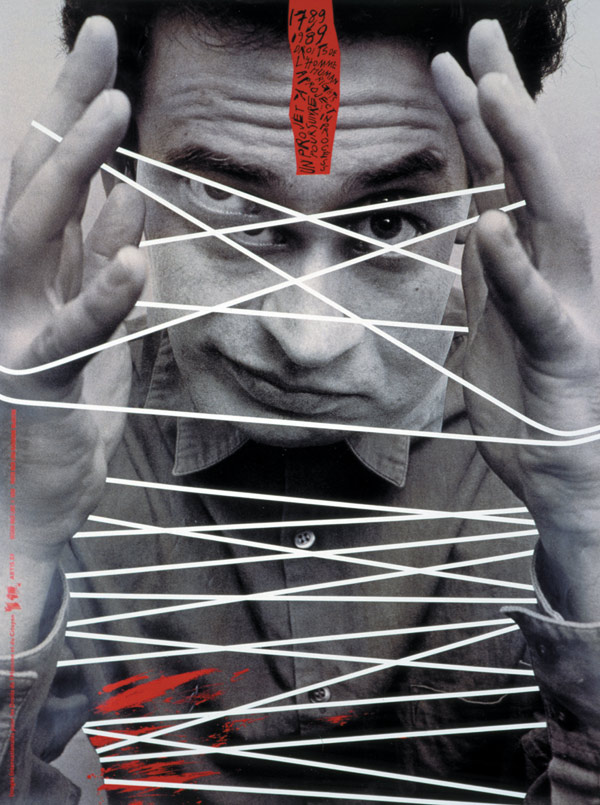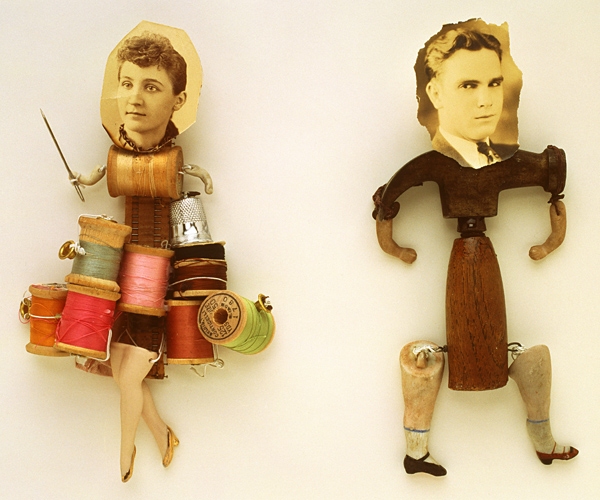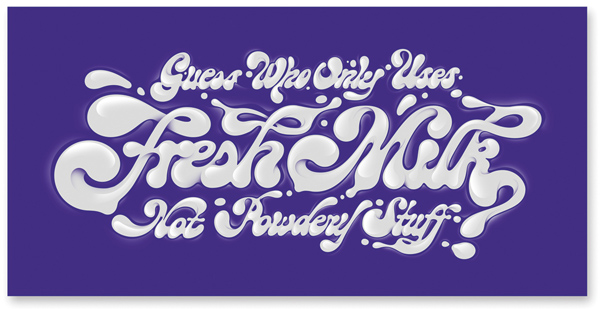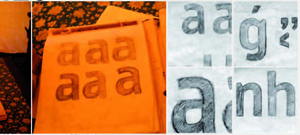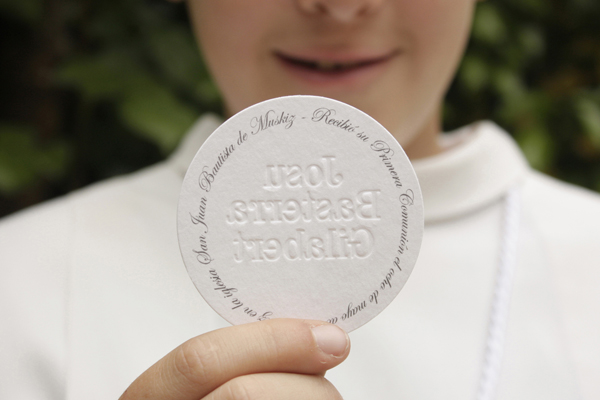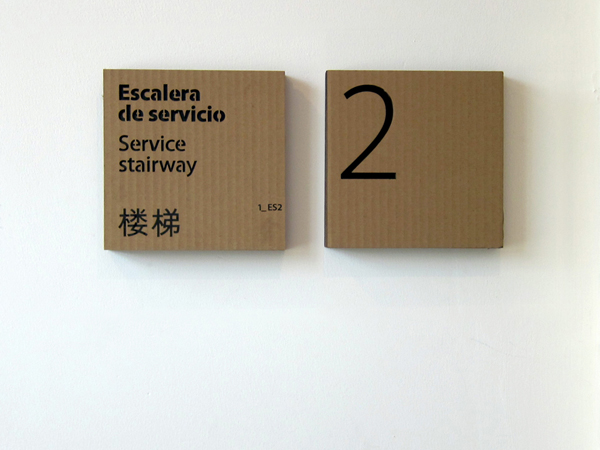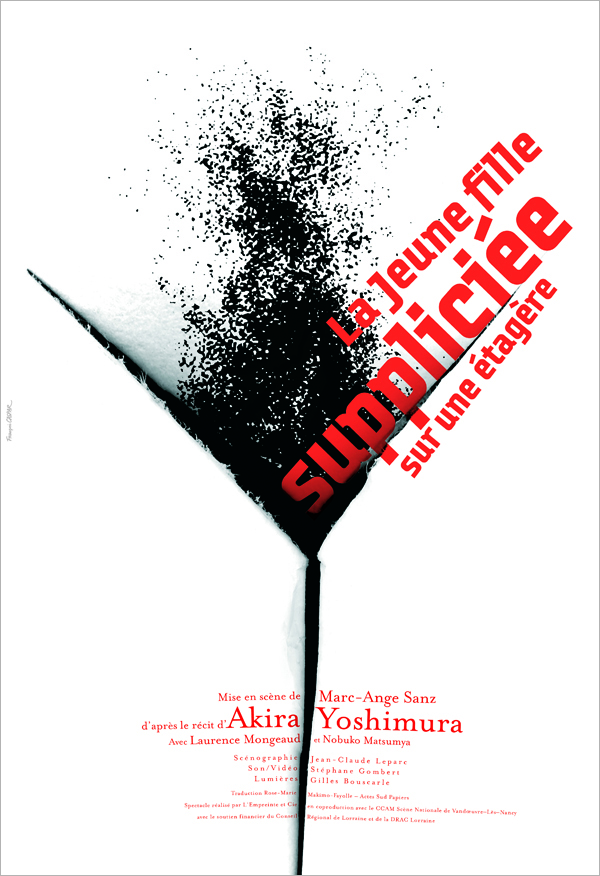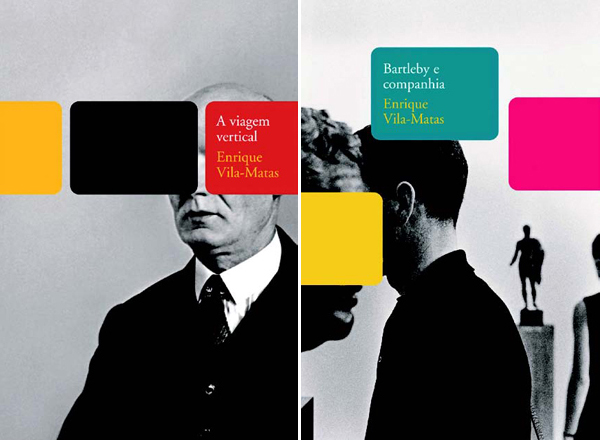Categoría Graphics and Communication
Rico Lins, graphic design and cross-cultural
Rico lins is one of Brazil’s most influential graphic designers. He has participated in and curated diverse exhibitions, including the one recently organised at the Sao Paulo Image and Sound Museum to present the magnificent posters he developed for the Sao Paulo Jazz Symphony Orchestra. His graphic work is informed by a copious and exuberant variet y of signifiers and signified meanings, blending european influences with brazilian ones in an amalgamation of worlds brought together in a single visual collage.
Polly Becker, Found illustration
Polly Becker considers herself an illustrator even though her work springs from the emotional and semantic charge of the found object, old photography and its precise composition. Her assemblages have illustrated articles in Rolling Stone, Harpers, The New York Times and others.
 Assemblage for an article on work-related stereotypes, Polly Becker, 2001.
Assemblage for an article on work-related stereotypes, Polly Becker, 2001.
Alex Trochut, between illustration and typography
Barcelona based designer Alex Trochut works under the premise ‘More is more’; clearly distancing himself from minimalism; his conscious ‘horror vacui’ coexists with self control and effectiveness to produce graphic material that is exuberant in detail.
Dsignes, free typography for Signes designed by Andreu Balius
Typographer Andreu Balius has created Dsignes, a free access font specifically designed for architects and designers, for Barcelona based company Signes, a business dedicated to the production and establishment of corporate identity.

Civil or church design
Gone are the days when fancy cardboard paper and calligraphic fonts were ‘sine qua non’ standards for wedding invitations and card designs. The young Basque workshop run by María Sáez and Ander Sánchez, La caja de tipos, develops, amongst other projects, personalized contemporary proposals for traditional.

First communion card, 2010.
Isidro Ferrer: Signage in Shanghai
Cardboard is a very versatile and green friendly material, and is the centre of Isidro Ferrer’s signage proposal for the Spanish pavilion at the 2010 Shanghai Expo; a project that symbolises the way in which a poor material can reach very rich levels of expressiveness.
François Caspar
François Caspar is driven by a creative exuberance. A designer with a vibrant eye, he uses a combination of practice, experience, functionality and communication to confront his work. For Caspar, a poster is a tool for linguistic research that has many levels of sophistication. Widely known for his defence of professional culture, his work stands out for its high-quality, its focus on the international scene, its pragmatism and its visual culture.
Kiko Farkas
Kiko Farkas is one of Brazil’s most active graphic designers. Through a rhythmical fluidity, his work manages to capture the ethereal ideas present in the creative process without weakening or rigidly fixing their meaning. In this way, his work exists in a space that is both moderns and contemporary without falling into contradiction. Working primarily as a poster designer, he has participated in more than a dozen international posters biennials.
Frédéric Deltenre
Discussing graphic design and the professionals that practice it inevitably entails discussing languages. And dilemmas, in this case related to communication, since problem solving lies at the very heart of the culture of design and, also, since designing always involves making ethical, methodological and market choices. Thus, it is possible to interpret an author through his graphic language, but as the hypothesis of a personal project that deciphers a broader situation than the design itself.


